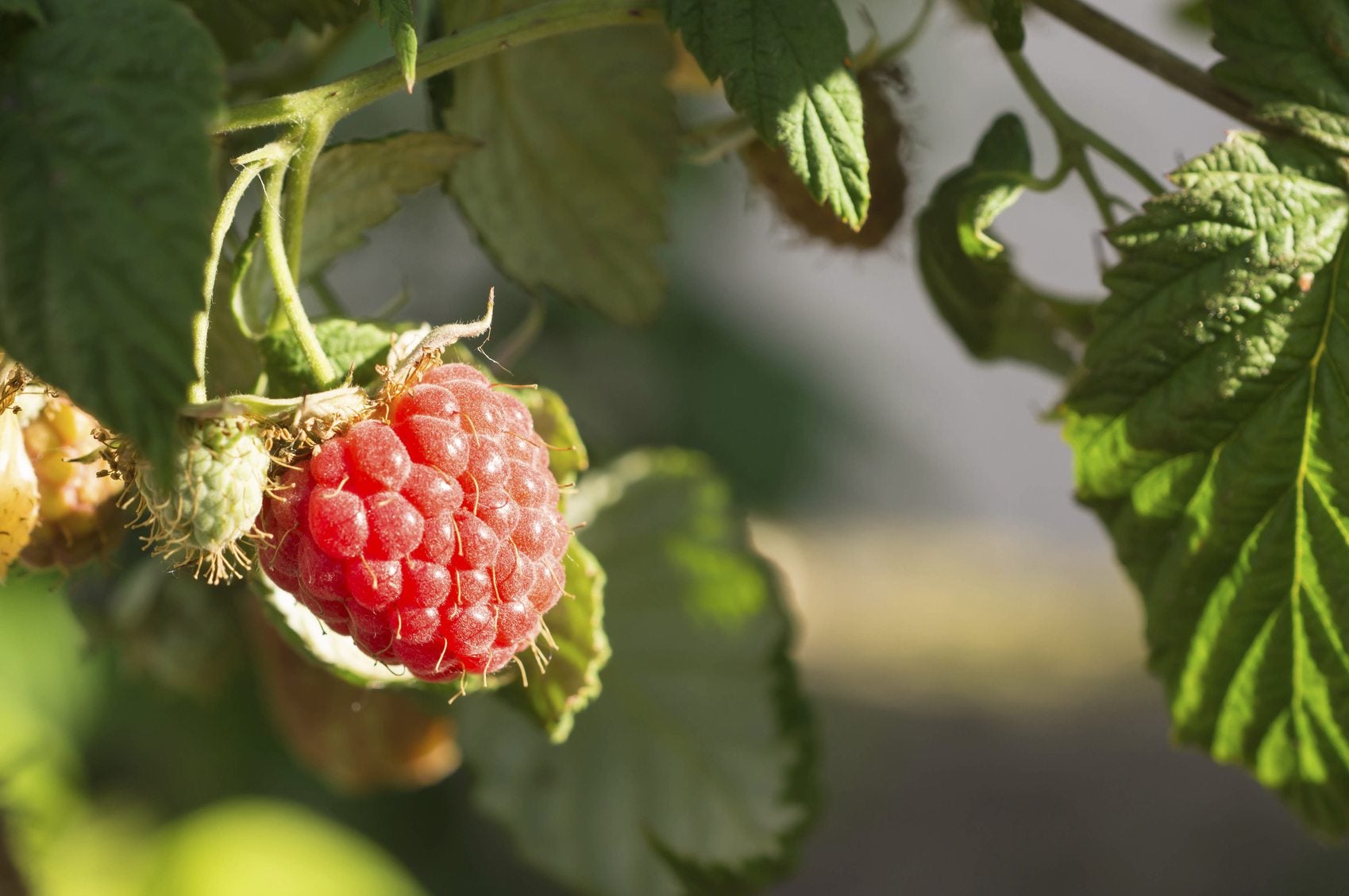Cold Climate Raspberry Shrubs – Tips On Growing Raspberries In Zone 3

Raspberries are the quintessential berry to many people. This luscious fruit wants sunshine and warm, not hot, temperatures, but what if you live in a cooler climate? How about growing raspberries in zone 3, for example? Are there specific raspberry bushes for cold climates? The following article contains information on growing cold climate raspberry shrubs in USDA zone 3.
About Zone 3 Raspberries
If you live in USDA zone 3, you usually get low temperatures of between -40 to -35 degrees F. (-40 to -37 C.). The good news about raspberries for zone 3 is that raspberries naturally thrive in cooler climates. Also, zone 3 raspberries might also be listed under their Sunset rating of A1. Raspberries are of two main types. Summer-bearers produce one crop per season in the summer while ever-bearers produce two crops, one in the summer and one in the fall. Everbearing (fall-bearing) varieties have the advantage of producing two crops, and they require less care than summer bearers. Both types will produce fruit in their second year, although in some cases, ever-bearers will bear small fruit in their first fall.
Growing Raspberries in Zone 3
Grow raspberries in full sunlight in well-draining soil on a site sheltered from the wind. Deep, sandy loam that is rich in organic matter with a pH of 6.0 to 6.8 or slightly acidic will give the berries the best foundation. Summer-bearing raspberries tolerate temperatures down to -30 degrees F. (-34 C.) when they are fully acclimated and established. These berries can become damaged by fluctuating winter temps, however. To shield them plant them on a north slope. Fall-bearing raspberries should be planted on a south slope or another protected area to promote the rapid growth of the fruiting canes and early fall fruiting. Plant raspberries in the early spring well away from any wild growing berries, which might spread disease. Prepare the soil a couple of weeks prior to planting. Amend the soil with plenty of manure or green vegetation. Before planting the berries, soak the roots for an hour or two. Dig a hole that is large enough to allow the roots to spread out. Once you have planted the raspberry, cut the cane back to 8 to 10 inches (20-25 cm.) in length. At this juncture, depending upon the variety of berry, you may need to provide the plant with a support such as a trellis or a fence.
Raspberries for Zone 3
Raspberries are susceptible to cold injury. Established red raspberries can tolerate temps to -20 degrees F. (-29 C.), purple raspberries to -10 degrees F. (-23 C.), and black to -5 degrees F. (-21 C.). Winter injury is less likely in areas where the snow cover is deep and reliable, keeping the canes covered. That said, mulching around the plants will help to protect them. Of the summer-bearing raspberries suitable as cold climate raspberry shrubs, the following types are recommended:
- Boyne
- Nova
- Festival
- Killarney
- Reveille
- K81-6
- Latham
- Halda
Fall-bearing raspberry bushes for cold climates include:
- Summit
- Autumn Britten
- Ruby
- Caroline
- Heritage
Black raspberries suited to USDA zone 3 are Blackhawk and Bristol. Purple raspberries for cold climates include Amethyst, Brandywine, and Royalty. Cold-tolerant yellow raspberries include Honeyqueen and Anne.
Sign up for the Gardening Know How newsletter today and receive a free copy of our e-book "How to Grow Delicious Tomatoes".

Amy Grant has been gardening for 30 years and writing for 15. A professional chef and caterer, Amy's area of expertise is culinary gardening.
